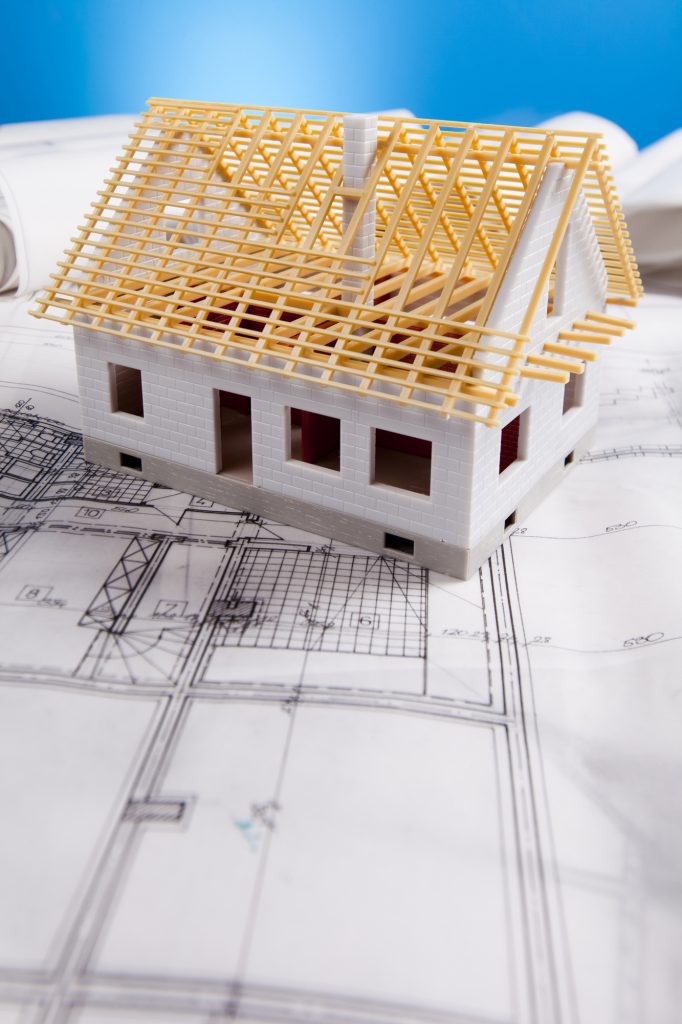
In part one of this two-part blog series, we went over some of the initial planning steps that go into any asphalt repair project. These projects can seem intimidating to some, but if you take the right steps while preparing, you’ll be in great shape for a hassle-free asphalt project.
At Go Pave Utah, we can help you properly lay out and plan all asphalt services, from asphalt repair to paving and more. Once you’ve gotten to the point where you’ve assessed your current asphalt area and determined what kind of work needs to be done on it, here are the additional steps you’ll need to follow to get the job started:
Asphalt comes in several types and mixes, and which you choose will depend on several important factors. Here are some of the most popular types of asphalt you might consider:
From here, it’s time to assess your budget. This shouldn’t be the first time you’re even thinking of this area – any home or business owner with asphalt on the property should be planning for asphalt projects roughly once every 10 years, including budgeting for it. You should also be taking precautions like sealcoating, street sweeping and sealing cracks as soon as they appear, which will extend the lifespan of your asphalt areas. That way, when you do eventually get to this point, your costs will be mostly limited and it will be easy to budget based on the factors we’ve listed to this point.
We can work with you during any part of the steps listed above, or are happy to leave you to your own devices if you prefer it. In either case, before the project begins, we’ll sit down with you for a simple consultation on exactly what kind of work is being done, the expected timeline, costs and payment methods, and any other important details.
For more on planning for your next asphalt project, or to learn about any of our asphalt paving or repair services, speak to the pros at Go Pave Utah today.